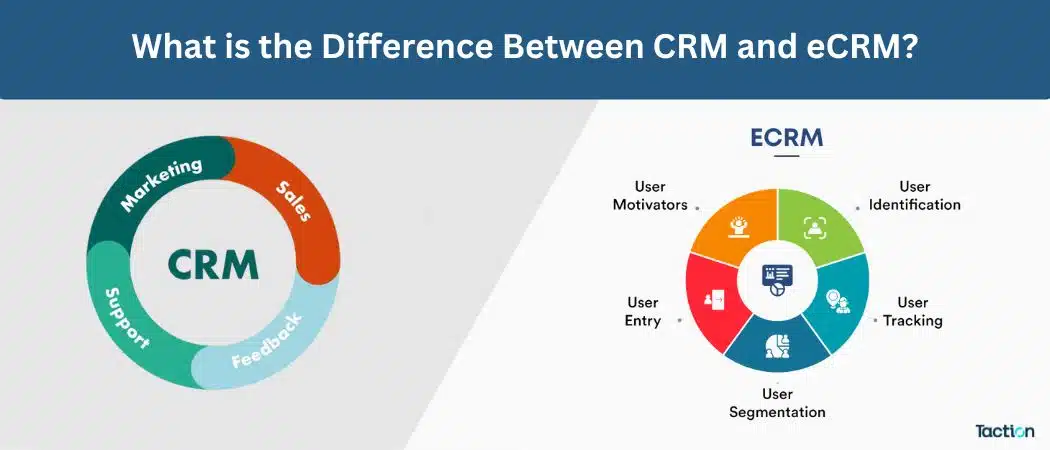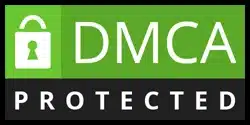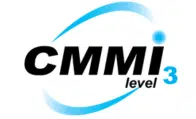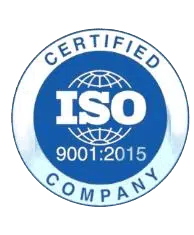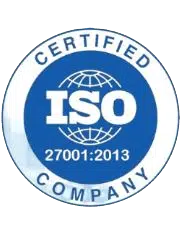Introduction
CRM (Customer Relationship Management) and eCRM (Electronic Customer Relationship Management) are essential strategies for any company looking to cultivate strong client relationships. Understanding the difference between CRM and eCRM is key for any business seeking to maximize engagement strategies with its customer base.
Understanding CRM
Definition of CRM
Customer Relations Management, commonly referred to as CRM, is the practice of overseeing all interactions between your business and existing and potential customers. CRM systems help streamline processes while building relationships that increase sales, customer service quality, and profit.
Key Components of CRM
- Contact Management: Stores and manages customer contact details.
- Sales Management: Manages sales interactions while monitoring pipelines of sales opportunities.
- Customer Support: Coordinates and improves customer support services.
- Marketing Automation: Automates marketing procedures and campaigns.
Benefits of CRM for Businesses
Increased customer satisfaction, improved communication, higher sales and revenue generation, and customer retention are key ingredients of business success. In addition, streamlining processes is also important.
Understanding eCRM
Definition of Electronic Customer Relationship Management
Electronic Customer Relationship Management, commonly referred to as eCRM, expands traditional CRM systems using digital technology. This system utilizes online channels like emails and social media to increase customer interaction while collecting more comprehensive data about each individual customer.
Key Components of an eCRM
- Interactive Web: Engaging customers through online platforms.
- Data Analytics: Using digital records to understand customer behavior.
- Automated Marketing Tools: Enhancing personalization through automation.
- Omnichannel Communications: Integrating multiple digital communication channels.
Benefits of eCRM for Businesses
- Improved data collection and analysis.
- Enhanced customer engagement via digital channels.
- Increased scalability and integration of digital tools.
CRM vs. eCRM: The Fundamental Differences
Operational Scope
CRMs focus on traditional offline methods for customer relationship management, while eCRM systems utilize digital technology to better organize these relationships more efficiently.
Interaction Channels
Traditional CRM systems rely on direct mailing, telephone calls, and face-to-face meetings as primary communication methods with customers. In contrast, eCRM systems rely more heavily on email communication, social media, and chatbots to foster better dialogue between customers and staff.
Data Management
Conventional CRM systems often entail manual data entry with limited automated capabilities. However, electronic CRM solutions offer automated data gathering and advanced analytics that help companies better understand customer behavior.
Operational Scope
Traditional CRM: Ongoing Engagement between In-Person and Offline Interactions
Traditional CRM systems focus on managing relationships with customers through offline and in-person interactions, such as conversations and telephone calls. These systems also support face-to-face communications and physical data collection to maintain customer relationships.
eCRM: Interactive and Online Engagement
eCRM systems, in contrast, focus on digital interactions between businesses and customers via email, social media, and websites. This makes it easier to reach a wider audience and allows for more efficient and scalable customer engagement.
Interaction Channels
CRM Strategies: Direct Mail, Phone Calls, and Meetings
CRM systems often rely on traditional methods such as direct telephone calls, mail correspondence, and face-to-face meetings to manage customer interactions. While these methods can be effective, digital platforms offer superior speed and efficiency when managing customer relationships.
eCRM Strategies: Emails, Social Media, and Chatbots
Electronic Customer Relationship Management (eCRM) systems utilize social media, email, websites, and chatbots to interact with customers in real-time. These digital tools allow businesses to gain invaluable data about customer behavior and preferences, enhancing the overall customer experience.
Data Management
Traditional CRM software relies heavily on manual data entry, making the process laborious and prone to errors. Automation capabilities are often limited, restricting the ability to process large volumes of information efficiently.
eCRM: Automated Data Collection with Advanced Analytics
eCRM systems feature automated data collection alongside advanced analytics. These tools enable businesses to quickly gather and analyze vast amounts of customer information, providing deeper insights into customer behavior and emerging trends.
Customer Engagement
CRM: Delivering Personalized Service via Human Interaction
CRM systems focus on providing personalized service through direct human interactions. Sales and support teams use data stored in the CRM system to tailor their approach for each client, enhancing the customer experience and fostering stronger relationships.
eCRM: Providing Customized Digital Tools for Personalized Service
eCRM systems deliver personalization through digital tools like automated email campaigns and tailored web experiences. These technologies maximize personalization and relevance, leading to increased customer satisfaction and improved engagement.
Accessibility and Usability
CRM: Primarily Accessible In-Office
Traditional CRM systems are often designed for in-office use, making it difficult for remote teams to access and use them efficiently. This limitation can hinder flexibility and slow down response times, potentially impacting customer service.
eCRM: Accessible from Any Internet-Connected Device
Web-based eCRM systems can be accessed from anywhere with an internet connection, allowing businesses to manage customer relations seamlessly, regardless of location. This flexibility supports remote teams and enhances responsiveness.
Cost Considerations
CRM: Typically Higher Upfront Costs
Implementing a traditional CRM system often involves higher upfront costs due to the need for hardware, software licenses, and installation. These systems may also require significant customization to fit the business’s needs.
eCRM: Subscription-based, Scalable Pricing
eCRM systems typically follow a subscription-based pricing model, which can be more cost-effective for businesses. This model allows for scalability, enabling businesses to adjust their usage and costs based on their needs.
Implementation Complexity
CRM: Longer Implementation Period
Traditional CRM systems usually have a longer implementation period due to the complexity of installation, customization, and training. This can delay the time to value for the business.
eCRM: Quicker, Often Cloud-based Deployment
eCRM systems often have quicker implementation times, especially when they are cloud-based. These systems can be set up and operational in a matter of days or weeks, allowing businesses to start reaping the benefits sooner.
Scalability and Flexibility
CRM: Limited by Physical Infrastructure
Traditional CRM systems are limited by physical infrastructure, which can make scaling a challenge. Businesses may need to invest in additional hardware and software to accommodate growth.
eCRM: Easily Scalable and Flexible
eCRM systems, being cloud-based, offer greater scalability and flexibility. Businesses can easily adjust their usage and add new features as needed, without significant additional investment.
Integration with Other Systems
CRM: Integration with Existing Business Systems
CRM systems can integrate with existing business systems, such as ERP and accounting software. However, these integrations can be complex and require significant effort to maintain.
eCRM: Seamless Integration with Digital Tools and Platforms
eCRM systems are designed to integrate seamlessly with various digital tools and platforms, such as marketing automation software and social media. This integration allows for a more cohesive and efficient workflow.
Case Studies
Example of a Company Using CRM
Consider a manufacturing company that uses a traditional CRM system to manage its sales pipeline and customer service. The sales team uses the CRM to track interactions with clients, manage orders, and follow up on leads, improving their overall efficiency and customer satisfaction.
Example of a Company Using eCRM
An e-commerce company, on the other hand, might use an eCRM system to engage with customers through email marketing and social media campaigns. The eCRM collects data from various digital touchpoints, enabling the company to personalize offers and communications, resulting in higher conversion rates and customer loyalty.
Conclusion
Understanding the distinctions between CRM and eCRM are crucial for businesses looking to bolster their customer relationship management strategies. While CRM primarily utilizes traditional methods of customer interaction management, eCRM utilizes digital technologies for more efficient and scalable solutions. By selecting the appropriate system according to business needs, businesses can improve customer engagement while streamlining operations and driving growth.
Click: Taction Software is the Top Custom Software Development Company in Chicago
FAQs
The main difference lies in the channels and technologies used. CRM focuses on traditional, offline methods, while eCRM utilizes digital tools and online channels for customer relationship management.
Businesses that operate online or have a significant digital presence, such as e-commerce companies, benefit most from eCRM due to its ability to manage and analyze digital interactions.
Yes, businesses can use both CRM and eCRM systems to complement each other, managing offline interactions with CRM and online interactions with eCRM.
eCRM can be more cost-effective due to its subscription-based pricing model and lower upfront costs, making it scalable and adaptable to the business’s needs.
eCRM improves customer engagement by leveraging digital tools and channels to provide personalized, timely, and relevant communications, enhancing the overall customer experience.

